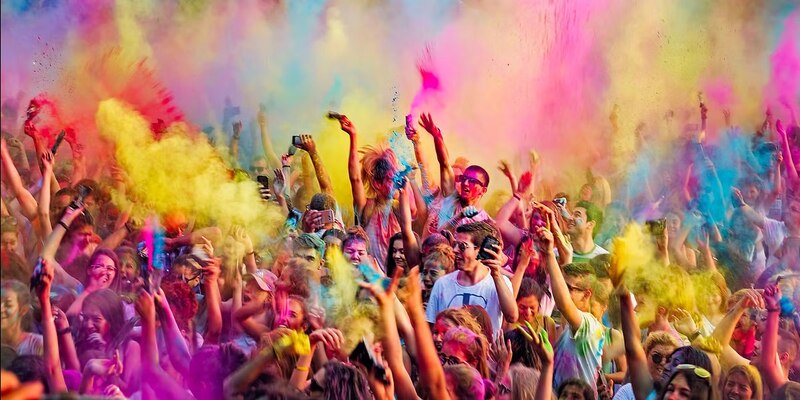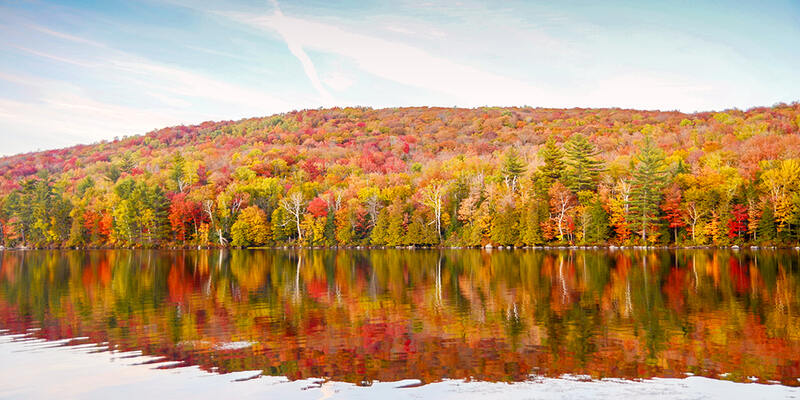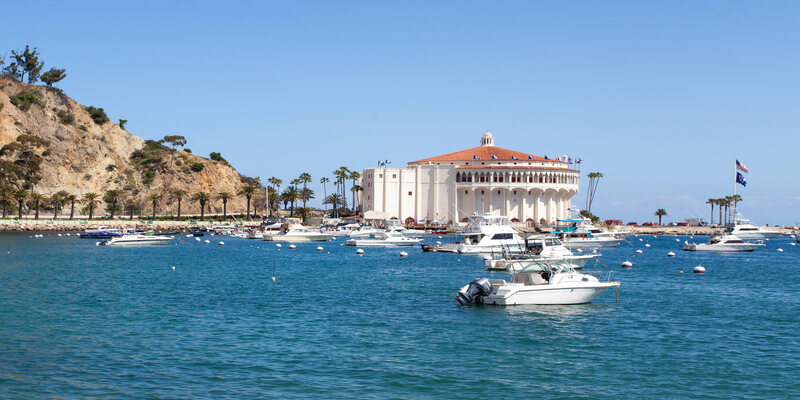Depending on the location, weather, and crops, the harvesting period occurs at various intervals of the year. Celebrations of its arrival are conducted all around the world.
India is renowned around the world as the home of festivals, and for good reason. It is referred to as the "land of festivals" and is a vibrant country where individuals enjoy their celebrations wholeheartedly.
The celebrations unite individuals from all origins and transform the nation into a captivating carnival with constantly changing attractions for travellers and other visitors. There is great importance of harvest festival worldwide.
India is a country of agriculture, with various wheat and crops being grown year-round in various regions of the nation. People are delighted by the first crop yield, and they rejoice and celebrate it as a carnival and festival.
India celebrates its harvest holidays with joyful celebrations and accustomed customs. When you are on vacation to North India, check out this list of the Small-Town Harvest Festivals You Must Experience Before Winter.
Holi

No matter if you celebrate the festival of colours as a harvest holiday or not, it is everyone's favourite. One of India's oldest and most esteemed harvest festivals, Holi is celebrated with water and vibrant colours. Holi, sometimes referred to as Phagwah, is a festival that marks the end of winter and the beginning of spring. People with tremendous fervour in the hopes of welcoming the new season usher in happiness and abundant crops for all. It is observed by smearing various colours across the faces of relatives and close friends. They enjoy hot and sweet jalebis and chilled milk-based thandais. Rangapanchami and Holika Dahan express the spiritual importance of Holi, observed the following day. Many tourists travel to certain regions of India each year because of the Lathmar Holi festival, such as the Braj district.
Date of festival: Generally speaking, it happens in March, though occasionally it happens in late February.
Mahashivratri

On the Phalgun new moon night, Hindus celebrate Mahashivratri, which commemorates Parvati and Lord Shiva's nuptials. Before entering Shiva temples right before midnight, worshippers fast throughout the day. The entire night is filled with bhajans (devotional chants), and the Shivalinga (idol) is washed with yogurt, honey, and cow's milk. One of the ideal sites for witnessing the event is the Bhootnath Temple in Mandi. Himachal Pradesh also organizes a long Mahashivratri fair that lasts for a week. Other excellent locations are Rishikesh, Guwahati, and Uttarakhand, Assam.
Date of festival: This Hindu festival is celebrated between February and March, honouring the god Shiva, which is held annually.
Bihu

The most significant celebration in Assam is Rongali Bihu, which also celebrates the start of the harvest season and the Assamese New Year. This harvest festival of Punjab is a celebration of joy that lasts for seven consecutive days. These days, people dress up in their finest traditional garb and gather for Bihu naach (traditional dancing) to folk melodies. Over holiday feasts of masor tenga (a sour fish dish), varied pitha (rice flour pastries), and apong (the conventional rice beer), friends and families get together.
Date of festival: Bhogali or Magh Bihu is observed in January. Kongali or Kati Bihu is observed in October or November, while Bohag Bihu is celebrated in April.
Onam

Onam festivities reach their peak on the fortunate date of Thiruvonam, a fusion of hues and flavours from "God's Own Country." One of the South Indian harvest festival observed is Onam. It connects communities all throughout the region and honours the mythological, upright sovereign Mahabali's rebirth. Homes are meticulously maintained and ornamented with captivating floral rugs. Each and every home serves extravagant, lavish feasts, which are concluded with delectable payasam (a traditional dessert from Kerala). It is the most celebrated harvest festival of kerala.
Date of festival: Chingam, the first month of the Malayalam calendar, is when Onam is observed. The Malayalam year known as the Kolla Varsham officially begins on Onam.
Wangala

In the nation's northeast, Wangala is the main harvest festival that is observed each year. Winter officially begins with this harvest celebration in India. The celebration of this day is well-known in many regions of states like Assam, Mizoram, and Meghalaya. The sounds of the gong and drums, joyful melodies, and traditional dances. These fill the whole area where the celebration is held on this particular day. The Garo and Assamese tribes, who are exiles from India, also have profound meaning for this event, which they observe by cooking delectable food and honouring the Lord.
Date of festival: It is typically observed between September and the end of the year, with various people choosing different dates to mark the occasion.
Nabanna

One Indian harvest celebration known for the harvest of paddy fields is called Nabana. One of the Bengali most cherished customs is the harvesting and stocking of fresh rice with unbridled enthusiasm. In the Bengali month of Agrahayan, farmers from Bengal joyfully participate in this harvest rite. It presents the first crops to Goddess Lakshmi as a token of gratitude for all of her benefits. To welcome visitors from around the nation, West Bengal Tourism has taken the lead.
Date of festival: The Golaghor (storehouse) is worshipped during the Bengali holiday of Nabanna, which occurs in the month of Agrohyon (November).
Diwali

Diwali, undoubtedly the largest holiday in India, commemorates Lord Rama's return to his homeland following a 14-year exile. The festival's five days commemorate a variety of stories. It includes the death of the monster Narakasur by Lord Krishna and the birth of the goddess Lakshmi. The festival of lights is observed by donning new clothing, getting together with family and friends, burning lanterns and diyas, and setting off fireworks. No event is complete without distinctive cuisine, and Diwali feasting often consists of a mix of sweet and savoury foods.
Date of festival: Diwali is celebrated in India between September and November or lunisolar months of Kartika and Ashvin.
Conclusion:
At least a handful of India's harvest celebrations held in various states must be attended by you.
The incredible diversity of this lovely land will astound you.
You can discover a lot about these Indian states' vibrant histories, cultures, and customs by visiting them during their agricultural celebrations.
This is the end of list of Small-Town Harvest Festivals You Must Experience Before Winter. What are you still holding out for?
Make travel arrangements right away!
Happy Harvesting Festival!











